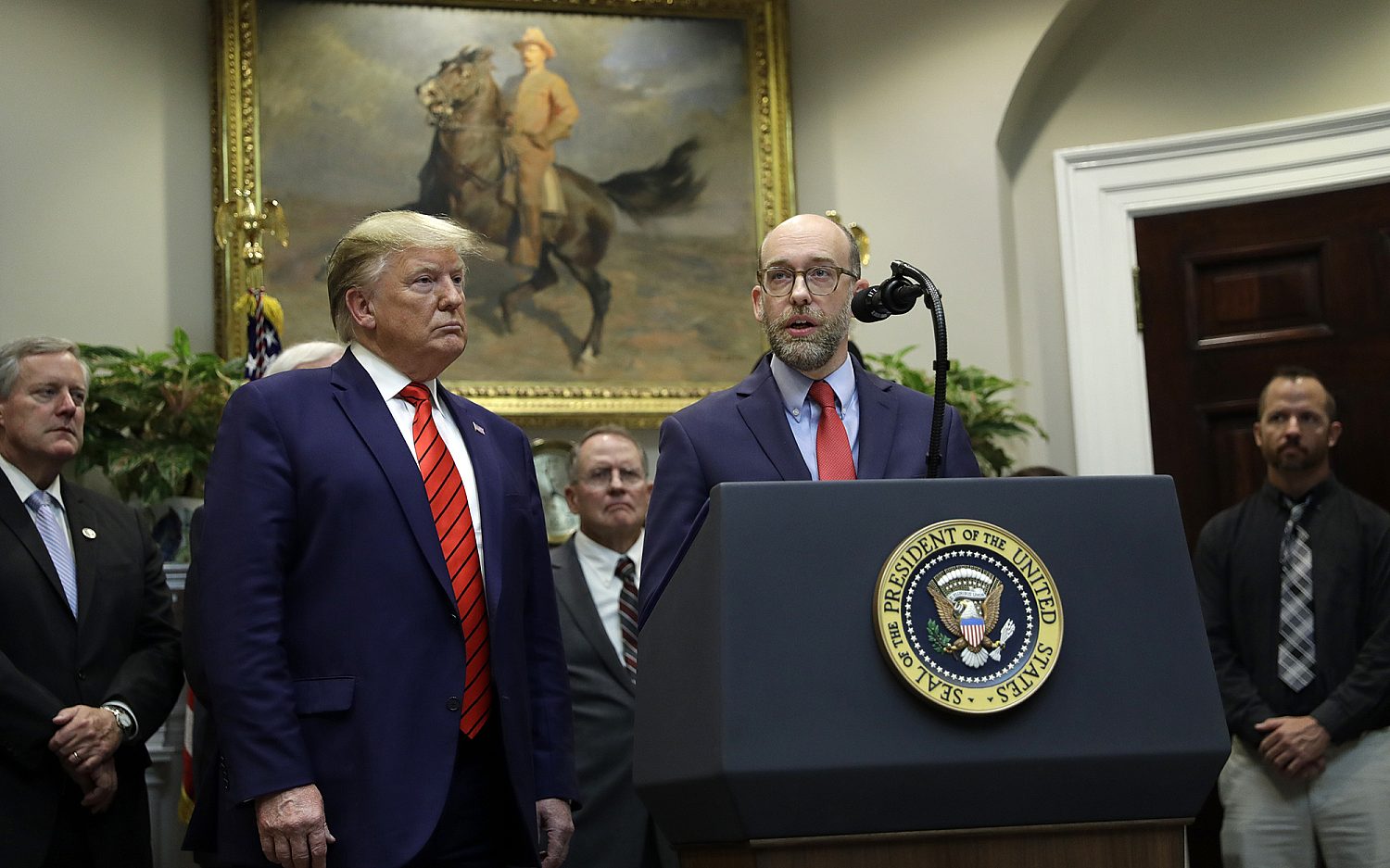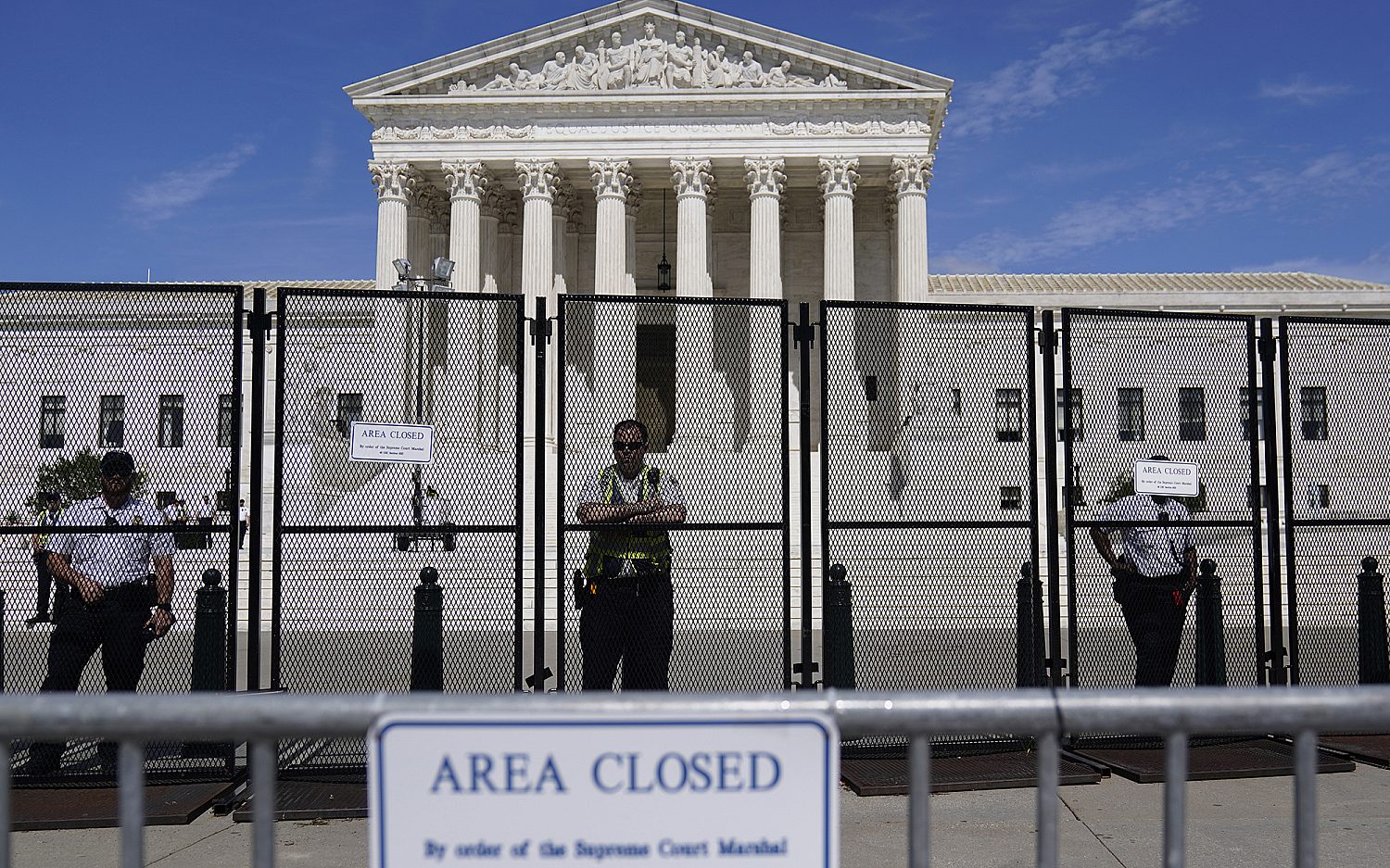California freaks out over fracking
The California Coastal Commission has launched an investigation into offshore hydraulic fracturing (fracking), at state lawmakers’ request. The agency, which protects the shoreline and marine resources, will ask for an environmental review if oil companies propose new offshore drilling that includes the practice.
The Coastal Commission was not aware until recently that oil companies used fracking offshore, mainly because of the complicated web of agencies involved, said Deputy Director Alison Dettmer. The federal government oversees fracking more than three miles offshore. If the work is closer to land, state regulators get involved.
Fracking involves injecting water, sand, and chemicals into geologic formations at pressures high enough to crack the rock. Pressurized water forces the rock apart, sand props the cracks open, and chemicals help keep the sand suspended in the injected water. The new cracks increase rock permeability to make it easier to recover oil and gas. Injecting more water while fracking makes the cracks extend further.
Oil field operators have used fracking several times since the late 1990s in the Santa Barbara Channel, site of a 1969 oil platform blowout that helped spur the modern environmental movement. Ironically, the Santa Barbara Coast is also home to natural oil and gas seeps. The seeps are like springs that ooze oil or gas, instead of water.
The oil industry maintains that fracking is safe for the environment, but environmental groups disagree. In 2004, the U.S. Environmental Protection Agency concluded that fracking for gas recovery from coal formations “poses little or no threat” to underground sources of drinking water, primarily aquifers. The EPA’s conclusions were so strong that they recommended discontinuing further investigation. However, sensationalized allegations of health risks and environmental damage have forced researchers to correct and debunk claims as they continue work to provide the basis for appropriate regulation.
The Associated Press contributed to this report.
An actual newsletter worth subscribing to instead of just a collection of links. —Adam
Sign up to receive The Sift email newsletter each weekday morning for the latest headlines from WORLD’s breaking news team.




Please wait while we load the latest comments...
Comments
Please register, subscribe, or log in to comment on this article.